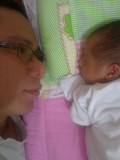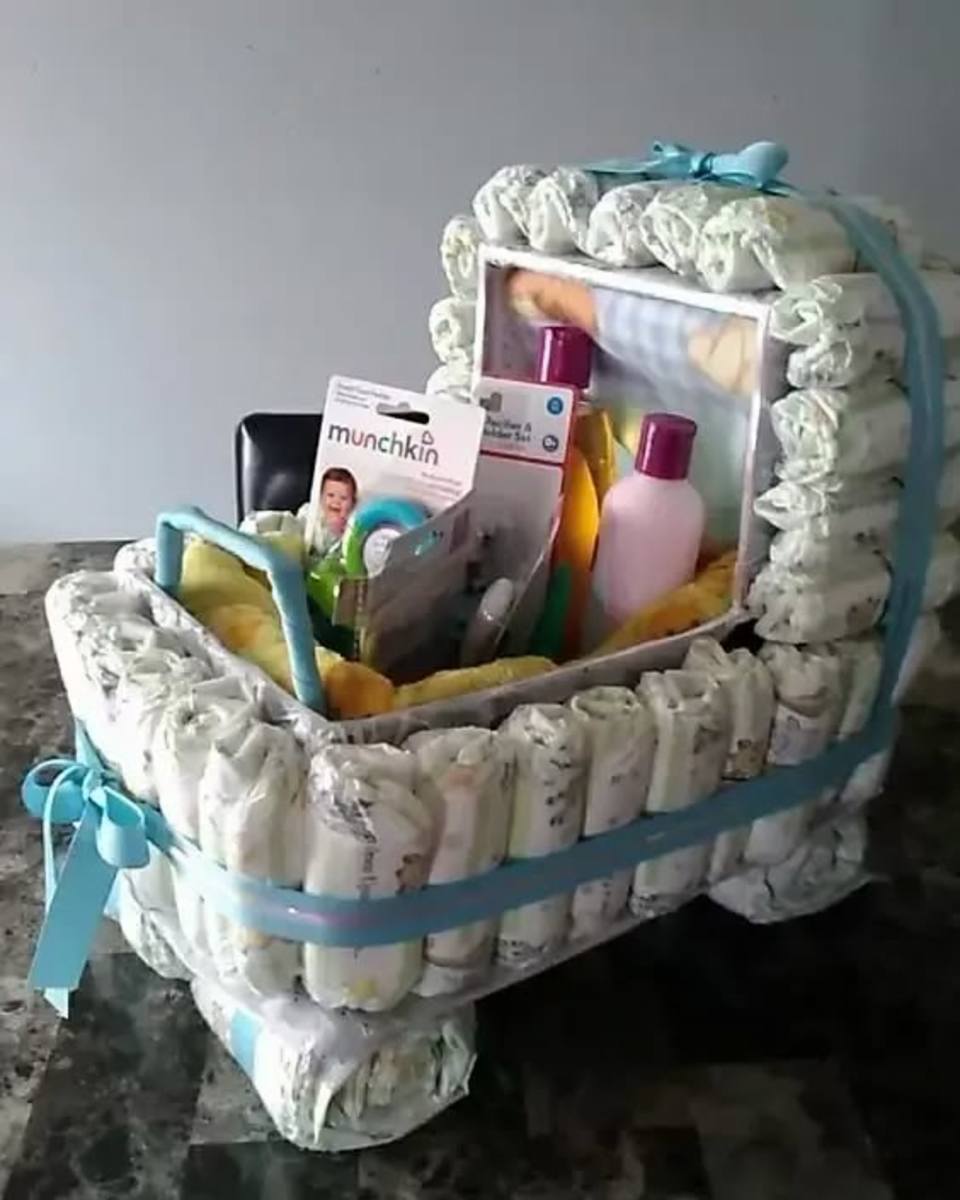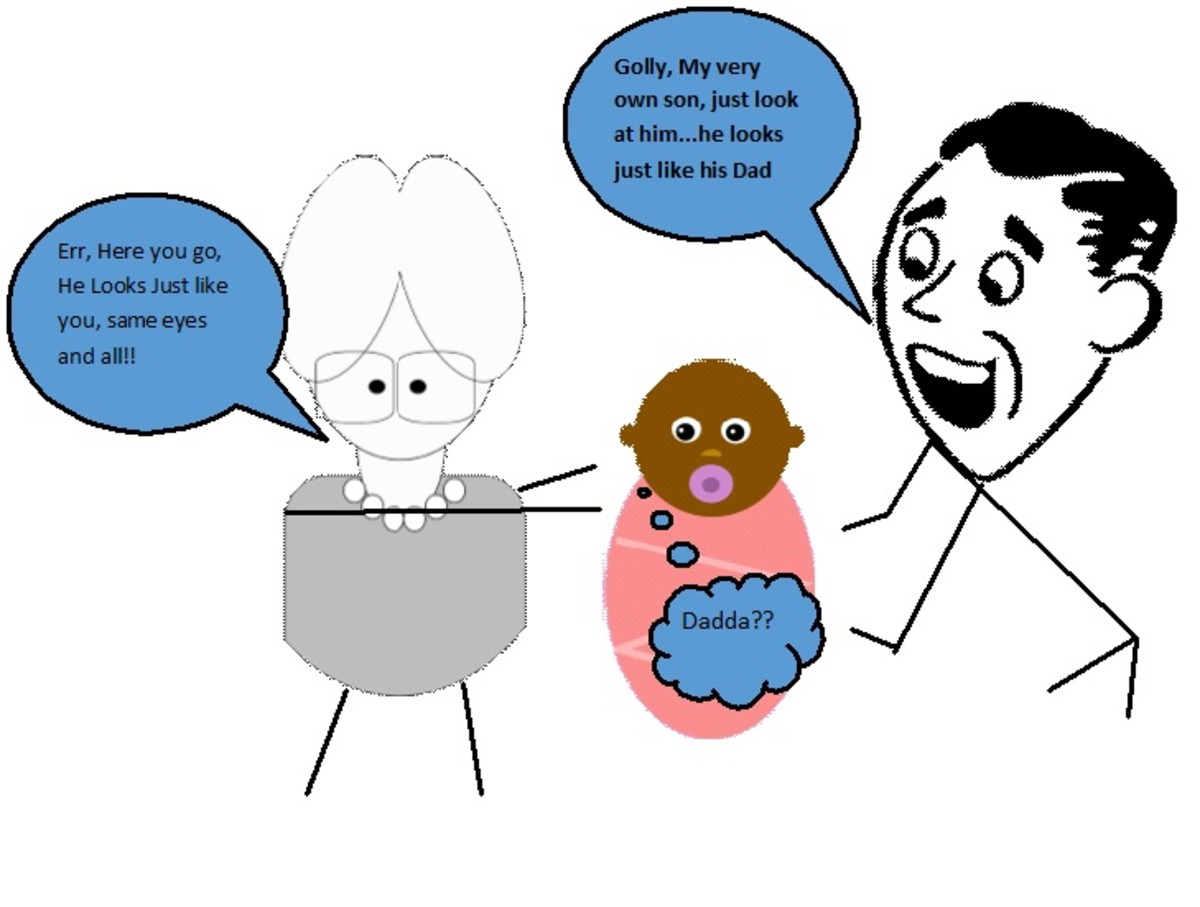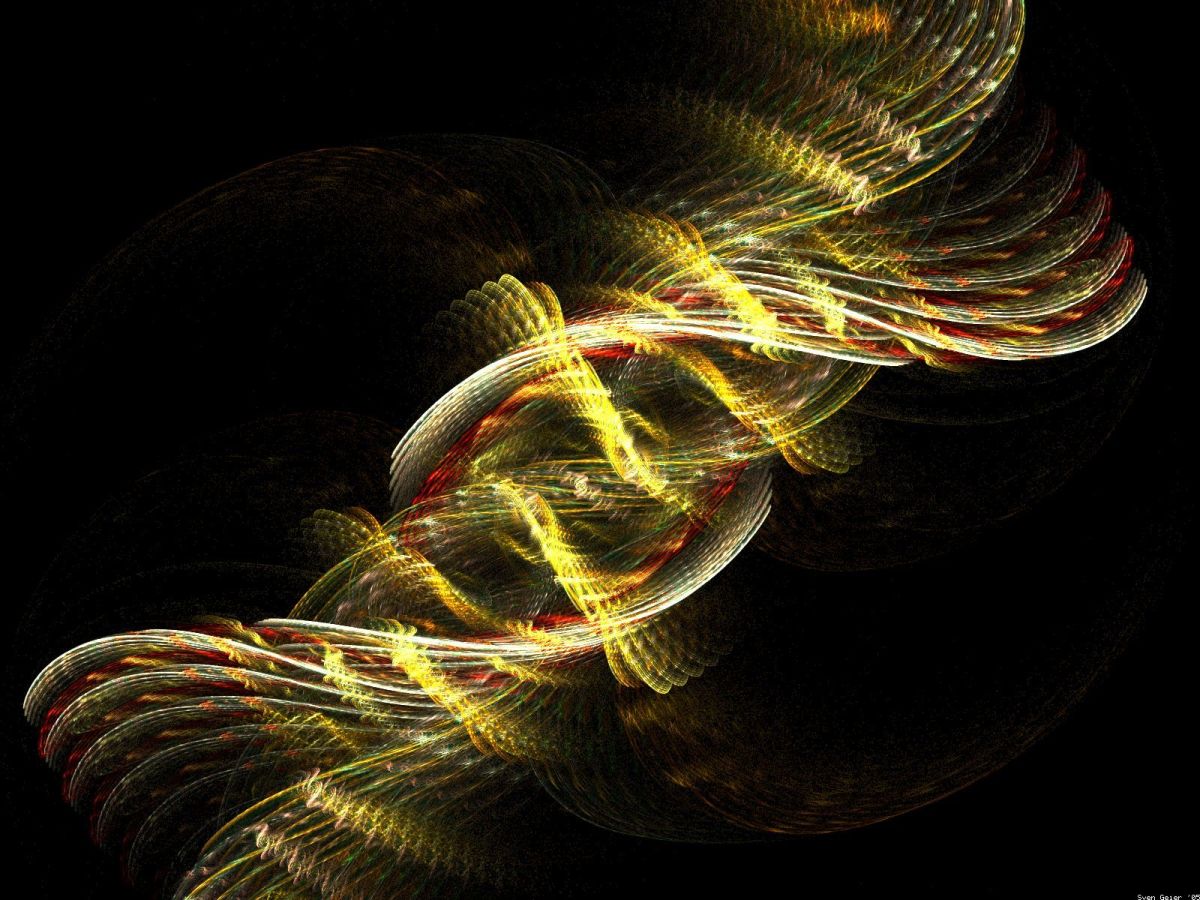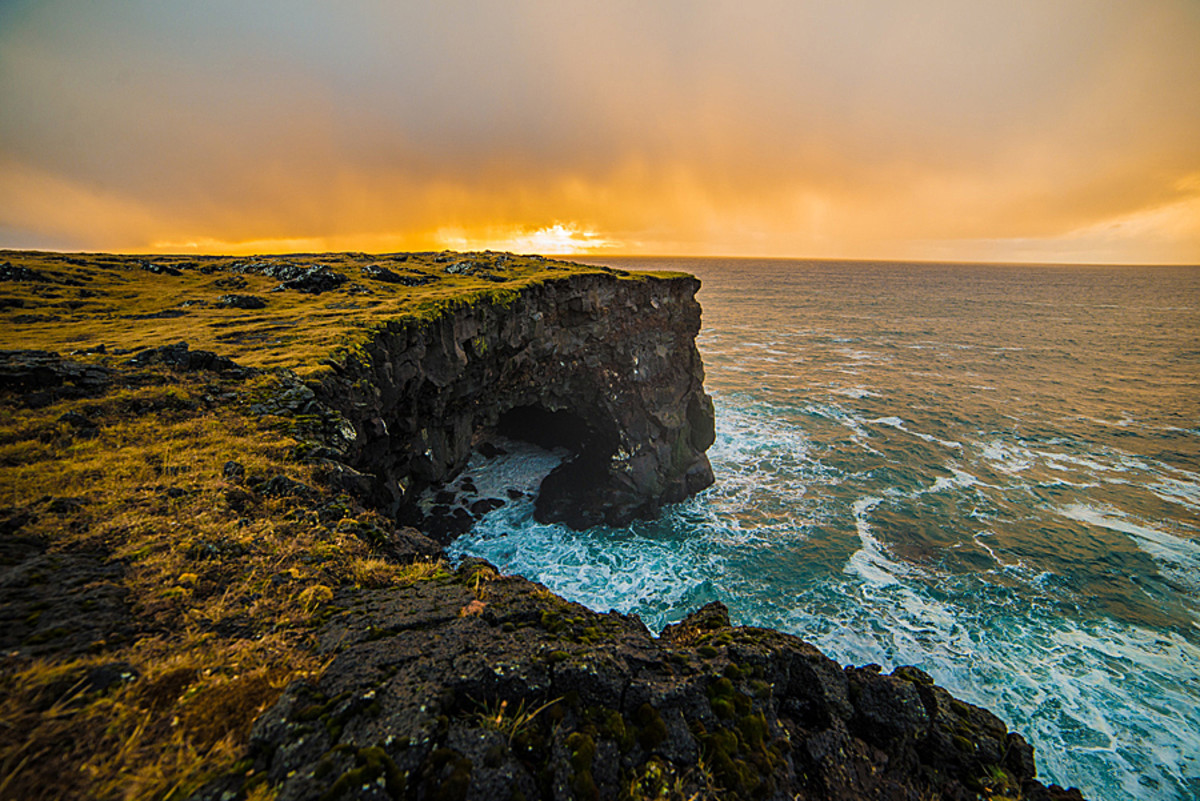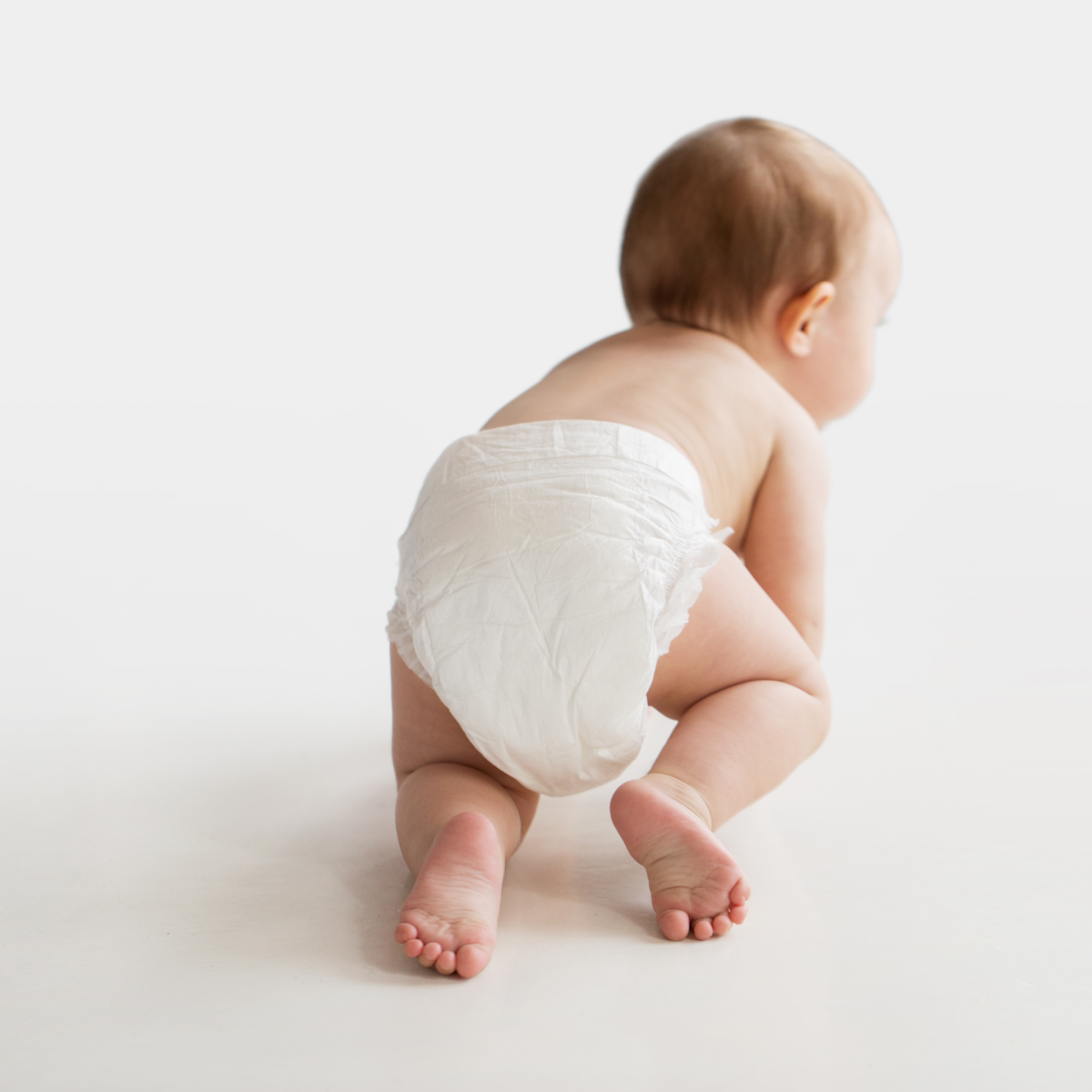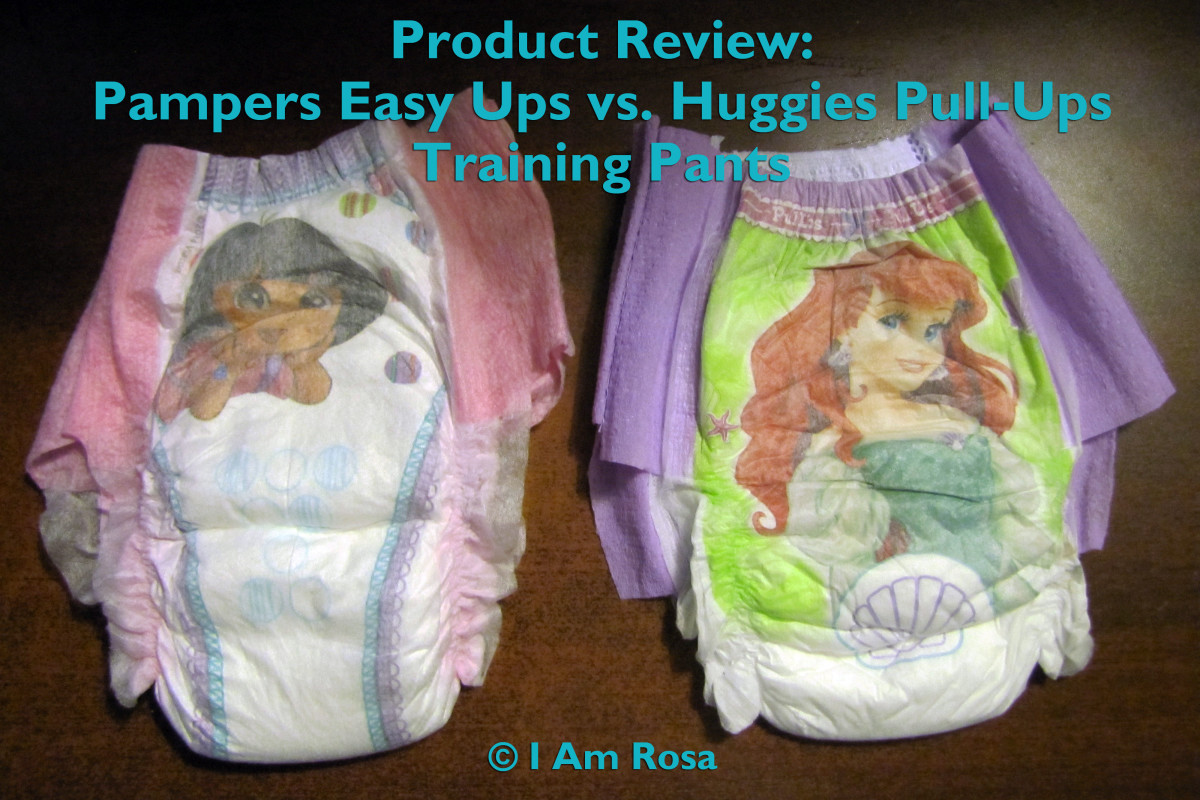How to Sterilize Baby Bottles
Introduction
Parenthood can be confusing enough without having to worry about bottle sterilization. Unfortunately, it's something all parents will have to encounter if they choose to bottle feed a child with formula or pre-pumped breast milk. Part of the bottle sterilization confusion begins with the fact that there are many schools of thought for when and how often the bottles need to be sterilized. Always consult your pediatrician for advice on how often to sterilize bottles, as many preterm infants or other conditions may cause sterilization to be done on a daily basis over an extended period of time. For full-term and healthy infants, many pediatricians suggest initially sterilizing bottles, nipples, breast pump equipment and pacifiers, and then washing these parts after every use in soapy hot water. Other doctors may still suggest regular sterilization until 6 weeks of age when the immune system is better equipped for handling germs.
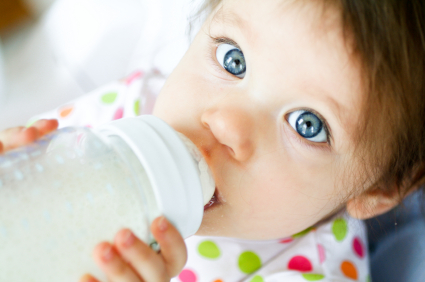
There are actually many ways to sterilize bottles. Dishwashers can sterilize baby bottles as long as it is recommended by the manufacturer, and many manufacturers market sterilization systems. However, a cheap and efficient way to sterilize bottles is by doing it the old fashioned way -- in a pan of boiling water for 3 minutes. As a side note, most bottle manufacturers are now BPA-free, so boiling and sterilizing techniques should not cause BPA to leech out. The boiling method can be used for glass or plastic bottles as long as the manufacturer instructions specifically state not to heat sterilize. Additionally, it's important to also sterilize the pacifiers your baby uses as well to ensure that they are germ free.
Why to Sterilize Baby Bottles and Nipples
Most people who get their water from a municipality water supply likely don't need to sterilize baby bottles or nipples, as long as they thoroughly wash their supplies. According to WebMD, as an alternative to boiling your bottles, nipples, and pacifiers, you can safely get away with running them through the dishwasher, as long as there are no issues with the quality of your water supply. However, if your water supply comes from an untreated source, such as a well, or if there are concerns about the quality of the water being sourced from the municipality water supply, it's in your best interest to boil your baby bottles or nipples before letting the baby use them. Additionally, because the sterilized bottles or nipples will start having germs latch on to them immediately after they are sterilized, it's also important to sterilize your supplies immediately before using it to feed or pacify your baby. And finally, sterilizing your supplies is a great additional precautionary measure during the cold and flu season to help ensure you're doing everything you can to keep your baby safe.
How to Sanitize Baby Bottles
Instructions for Sterilizing Baby Bottles and Nipples
- Fill a pan about 3/4 full with warm water.
- Place the pan on the stove and have the baby bottles and nipples on the stovetop nearby. It's fine to place the items in after the water begins to boil, but this may crack cold glass or create invisible tears in the nipples if they are cool before placing them in the hot water.
- Turn the stove to high heat and bring the water to a boil, making sure the plastics are not left in one place at the bottom of the pan for too long. Consistent stirring is recommended.
- After the water reaches a rolling boil, let it continue boiling for 5 minutes.
- Take the bottles and any other items out and place them on a clean towel. Cover the items with another clean towel or place the items in a plastic container. Make sure the items are cool before using them to feed an infant. Most sterilization lasts for approximately 24 hours.
- As an additional safety measure, when your baby is finished with the bottle or pacifier, rinse the supplies off and dry it thoroughly with a towel. This is a critical final step to deter bacteria from growing either on the bottle or on the pacifier.
© 2011 Max Dalton

